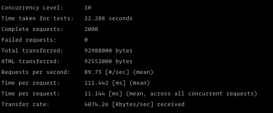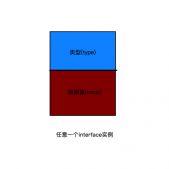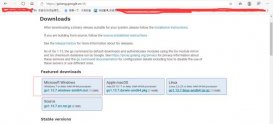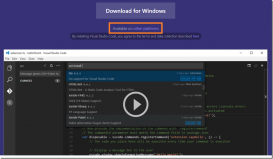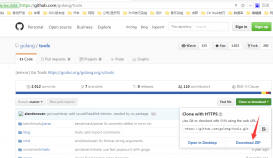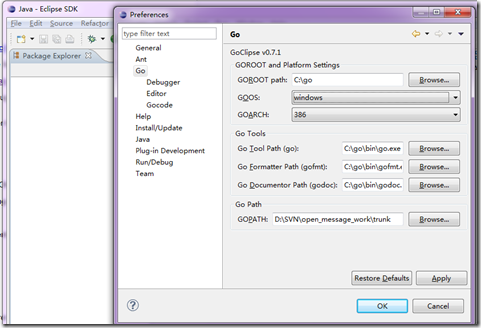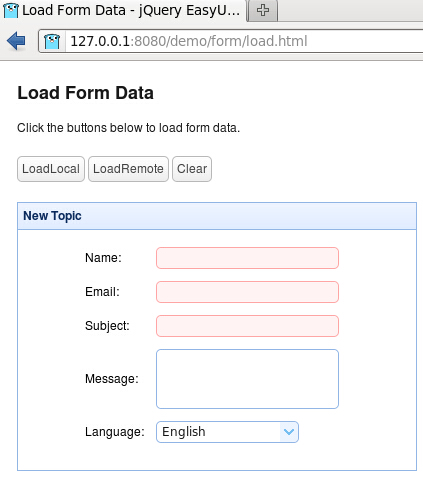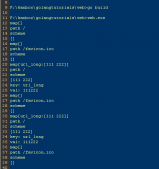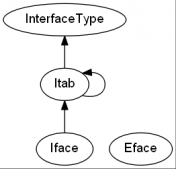在使用 go 语言开发过程中,经常需要使用到 json 包来进行 json 和 struct 的互相转换,在使用过程中,遇到了一些需要额外注意的地方,记录如下。
整数变浮点数问题
假设有一个 Person 结构,其中包含 Age int64 和 Weight float64 两个字段,现在通过 json 包将 Person 结构转为 map[string]interface{},代码如下。
|
1
2
3
4
5
6
7
8
9
10
11
12
13
14
15
16
17
18
19
20
21
|
type Person struct { Name string Age int64 Weight float64}func main() { person := Person{ Name: "Wang Wu", Age: 30, Weight: 150.07, } jsonBytes, _ := json.Marshal(person) fmt.Println(string(jsonBytes)) var personFromJSON interface{} json.Unmarshal(jsonBytes, &personFromJSON) r := personFromJSON.(map[string]interface{})} |
代码执行到这里看上去一切正常,但是打印一下 map[string]interface{} 就会发现不太对了。
|
1
2
|
fmt.Println(reflect.TypeOf(r["Age"]).Name()) // float64fmt.Println(reflect.TypeOf(r["Weight"]).Name()) // float64 |
转换成 map[string]interface{} 之后,原先的 uint64 和 float64 类型都被转换成了 float64 类型,这显然是不符合我们的预期的。
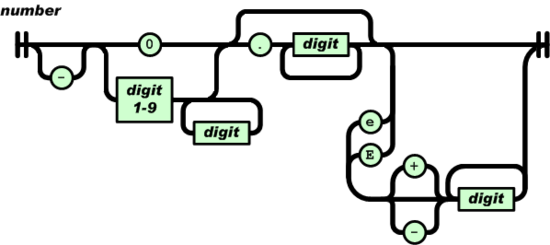
查看 json 的规范可以看到,在 json 中是没有整型和浮点型之分的,所以现在可以理解 json 包中的 Unmarshal 方法转出的数字类型为什么都是 float64 了,因为根据 json 规范,数字都是同一种类型,那么对应到 go 的类型中最接近的就是 float64 了。
json 包还针对这个问题提供了更好的解决方案,不过需要使用 json.Decoder 来代替 json.Unmarshal 方法,将 json.Unmarhsal 替换如下。
|
1
2
3
4
5
6
7
|
var personFromJSON interface{}decoder := json.NewDecoder(bytes.NewReader(jsonBytes))decoder.UseNumber()decoder.Decode(&personFromJSON)r := personFromJSON.(map[string]interface{}) |
这种方法首先创建了一个 jsonDecoder,然后调用了 UseNumber 方法,从文档中可以知道,使用 UseNumber 方法后,json 包会将数字转换成一个内置的 Number 类型(而不是 float64),这个 Number 类型提供了转换为 int64、float64 等多个方法。
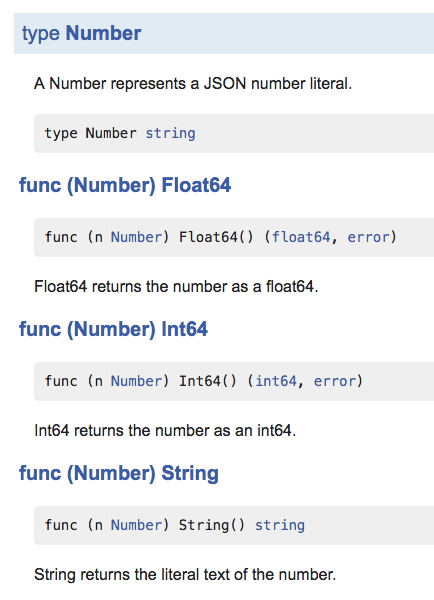
时间格式
对于 json 格式,是没有时间类型的,日期和时间以 json 格式存储时,需要转换为字符串类型。这就带来了一个问题,日期时间的字符串表示有多种多样,go 的 json 包支持的是哪一种呢?
使用下面的代码来输出 json.Marshal 方法将 Time 类型转换为字符串后的格式。
|
1
2
3
4
5
6
7
8
9
10
11
12
13
14
|
type Person struct { Name string Birth time.Time}func main() { person := Person{ Name: "Wang Wu", Birth: time.Now(), } jsonBytes, _ := json.Marshal(person) fmt.Println(string(jsonBytes)) // {"Name":"Wang Wu","Birth":"2018-12-20T16:22:02.00287617+08:00"}} |
根据输出可以判断,go 的 json 包使用的是 RFC3339 标准中定义的格式。接下来测试一下 json.Unmarshal 方法所支持的日期时间格式。
|
1
2
3
4
5
6
7
|
dateStr := "2018-10-12"var person PersonjsonStr := fmt.Sprintf("{\"name\":\"Wang Wu\", \"Birth\": \"%s\"}", dateStr)json.Unmarshal([]byte(jsonStr), &person)fmt.Println(person.Birth) // 0001-01-01 00:00:00 +0000 UTC |
对于形如 2018-10-12 的字符串,json 包并没有成功将其解析,接下来我们把 time 包中支持的所有格式都试一下。
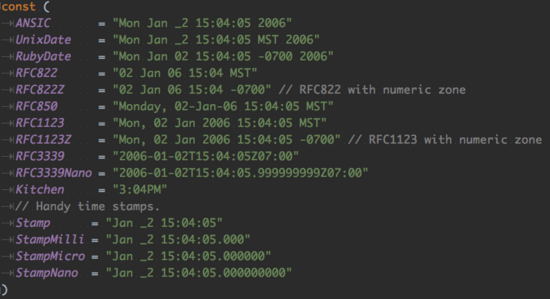
经过试验,发现 json.Unmarshal 方法只支持 RFC3339 和 RFC3339Nano 两种格式的转换。还有一个需要注意的地方,使用 time.Now() 生成的时间是带有一个 Monotonic Time 的,经过 json.Marshal 转换时候,由于 RFC3339 规范里没有存放 Monotonic Time 的位置,会丢掉这一部分。
对于字段为空的处理
json 包对于空值的处理是一个非常容易出错的地方,看下面代码。
|
1
2
3
4
5
6
7
8
9
10
11
12
13
|
type Person struct { Name string Age int64 Birth time.Time Children []Person}func main() { person := Person{} jsonBytes, _ := json.Marshal(person) fmt.Println(string(jsonBytes)) // {"Name":"","Age":0,"Birth":"0001-01-01T00:00:00Z","Children":null}} |
当 struct 中的字段没有值时,使用 json.Marshal 方法并不会自动忽略这些字段,而是根据字段的类型输出了他们的默认空值,这往往和我们的预期不一致,json 包提供了对字段的控制手段,我们可以为字段增加 omitempty tag,这个 tag 会在字段值为零值(int 和 float 类型零值是 0,string 类型零值是 "",对象类型零值是 nil)时,忽略该字段。
|
1
2
3
4
5
6
7
8
9
10
11
12
|
type PersonAllowEmpty struct { Name string `json:",omitempty"` Age int64 `json:",omitempty"` Birth time.Time `json:",omitempty"` Children []PersonAllowEmpty `json:",omitempty"`}func main() { person := PersonAllowEmpty{} jsonBytes, _ := json.Marshal(person) fmt.Println(string(jsonBytes)) // {"Birth":"0001-01-01T00:00:00Z"}} |
可以看到,这次输出的 json 中只有 Birth 字段了,string、int、对象类型的字段,都因为没有赋值,默认是零值,所以被忽略,对于日期时间类型,由于不可以设置为零值,也就是 0000-00-00 00:00:00,不会被忽略。
需要注意这样的情况:如果一个人的年龄是 0 (对于刚出生的婴儿,这个值是合理的),刚好是 int 字段的零值,在添加 omitempty tag 的情况下,年龄字段会被忽略。
如果想要某一个字段在任何情况下都被 json 包忽略,需要使用如下的写法。
|
1
2
3
4
5
6
7
8
9
10
11
12
13
14
15
16
17
18
19
|
type Person struct { Name string `json:"-"` Age int64 `json:"-"` Birth time.Time `json:"-"` Children []string `json:"-"`}func main() { birth, _ := time.Parse(time.RFC3339, "1988-12-02T15:04:27+08:00") person := Person{ Name: "Wang Wu", Age: 30, Birth: birth, Children: []string{}, } jsonBytes, _ := json.Marshal(person) fmt.Println(string(jsonBytes)) // {}} |
可以看到,使用 json:"-" 标签的字段都被忽略了。
补充:golang string转json的一些坑
先看一段代码,起作用是把字符串转换为结构体对应的json
|
1
2
3
4
5
6
7
8
9
10
11
12
13
14
15
16
17
18
19
20
21
22
23
24
25
26
27
28
29
30
31
32
33
34
35
36
37
38
39
40
41
|
type people struct { name string `json:"name"` age int `json:"age"` id int `json:"id"`} type student struct { people id int `json:"sid"`} func main() { msg := "{\"name\":\"zhangsan\", \"age\":18, \"id\":122463, \"sid\":122464}" var someOne student if err := json.Unmarshal([]byte(msg), &someOne); err == nil { fmt.Println(someOne) fmt.Println(someOne.people) } else { fmt.Println(err) }} |
仔细看看,有没有错?我只能说,这样是输出不出来答案的,赋值错误,看下面的运行结果:

伤脑筋啊,我仔细看了半天,发现在定义的people和student两个结构体下边有绿色的波浪线(我用的vscode),像下边这样:
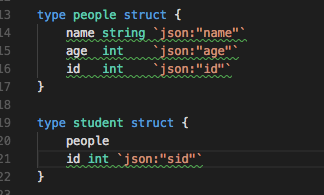
鼠标放上去显示的是:

大家都知道,golang中变量声明成大写和小写能引用的范围是不一样的,那我就想了,大小写问题???一脸懵逼把变量名首字母改成了大写,然后...就行了,代码变成了下边这样:
|
1
2
3
4
5
6
7
8
9
10
11
12
13
14
15
16
17
18
19
20
21
22
23
24
25
26
27
28
29
30
31
32
33
34
35
36
37
38
39
40
41
|
type people struct { Name string `json:"name"` Age int `json:"age"` ID int `json:"id"`} type student struct { people ID int `json:"sid"`} func main() { msg := "{\"name\":\"zhangsan\", \"age\":18, \"id\":122463, \"sid\":122464}" var someOne student if err := json.Unmarshal([]byte(msg), &someOne); err == nil { fmt.Println(someOne) fmt.Println(someOne.people) } else { fmt.Println(err) }} |
输出的结果这样:

以上就是本文的全部内容,希望对大家的学习有所帮助,也希望大家多多支持服务器之家。
原文链接:https://www.jianshu.com/p/2b4a3cda0f6f





